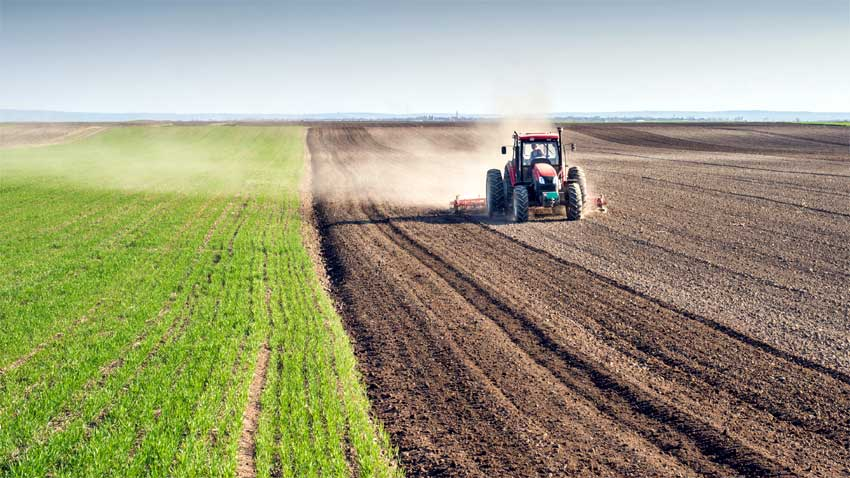At first glance, Pakistan’s agriculture budget 2025 looks impressive. With over Rs 60–70 billion allocated annually across provinces, it gives the impression that farmers are receiving strong government support. But here’s the truth: year after year, the same problems linger—massive post-harvest losses, stagnant crop yields, and weak exports stuck in low-value raw goods.
For a sector that contributes heavily to GDP and employs millions, these allocations still feel far too small. Agriculture is Pakistan’s backbone, feeding the nation and securing rural livelihoods. So, what exactly is funded in the Pakistan agri budget, and what is being overlooked? Let’s dig in.
Where the Agriculture Budget Goes
1. Agricultural Research and Development in Pakistan
About 5% of the agriculture budget is allocated to R&D in farming. This funding supports new crop varieties, farming technologies, and sustainable practices. While positive, it’s simply not enough. Without stronger research pipelines, Pakistan’s farmers remain stuck with outdated methods.
2. Irrigation Infrastructure and Water Management
Water is life for crops, especially in a country battling climate change and water scarcity. Roughly 10% of the budget goes to irrigation infrastructure, but challenges like leaky canals and poor water efficiency continue to waste resources.
3. Subsidies for Farmers in Pakistan
Farm subsidies—covering seeds, fertilizers, and pesticides—consume around 15% of the budget. These government subsidies for farmers help reduce input costs, but they don’t fix long-term competitiveness or build resilience against disasters.
4. Livestock and Dairy Development
The livestock sector in Pakistan contributes significantly to the economy. With 20% of the agriculture budget going toward livestock health, productivity, and market access, this sector gets substantial focus. However, issues like disease management and lack of modern processing facilities hold back growth.
Key Challenges and Missed Opportunities
Even with billions spent, Pakistan’s agriculture sector faces deep-rooted issues that the budget fails to address:
-
Lack of Mechanization
Modern equipment like harvesters, tractors, and smart farming tools remain inaccessible for most farmers. Agricultural mechanization in Pakistan is essential for higher yields and efficiency, yet the budget doesn’t prioritize it. -
Climate Resilience
Erratic weather, floods, and droughts are reshaping agriculture. But the Pakistan agri budget 2025 has minimal focus on climate-smart agriculture. Investments in resilient seeds, drip irrigation, and adaptive practices are critical.
Conclusion: Rethinking Pakistan’s Agri Budget
On paper, the Pakistan agriculture budget covers research, irrigation, subsidies, and livestock. But the allocations remain modest when compared to agriculture’s importance in the economy.
If Pakistan truly wants to boost productivity and exports, the government must go beyond survival-focused policies. Prioritizing mechanization and climate resilience is not optional—it’s the only path to long-term sustainability and food security.
Frequently Asked Questions (FAQs)
1. How much is Pakistan’s agriculture budget in 2025?
The government allocates around Rs 60–70 billion annually to agriculture across provinces. While this looks big, it’s relatively small given the sector’s massive role in Pakistan’s GDP and employment.
2. What percentage of Pakistan’s agriculture budget goes to research and development?
Only about 5% of the agri budget is allocated to research and development (R&D), focusing on new crop varieties, technologies, and improved farming practices.
3. How much of the budget is allocated for irrigation?
Approximately 10% of the budget is set aside for irrigation infrastructure, aimed at improving water efficiency and availability for crops.
4. What subsidies are provided to farmers in Pakistan?
The government spends around 15% of the agriculture budget on subsidies, covering seeds, fertilizers, and pesticides to reduce farmers’ input costs.
5. What challenges are overlooked in the Pakistan agri budget?
Key overlooked areas include agricultural mechanization and climate resilience. Without investments in these, crop yields and food security remain at risk.
6. Why is climate-smart agriculture important for Pakistan?
With climate change bringing floods, droughts, and unpredictable weather, climate-smart agriculture (like resilient seeds, drip irrigation, and precision farming) is essential to protect farmers and secure long-term productivity.





